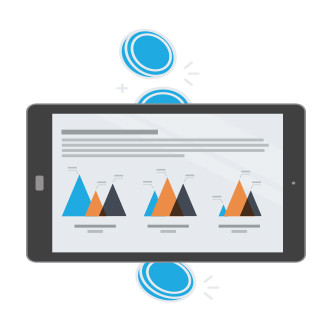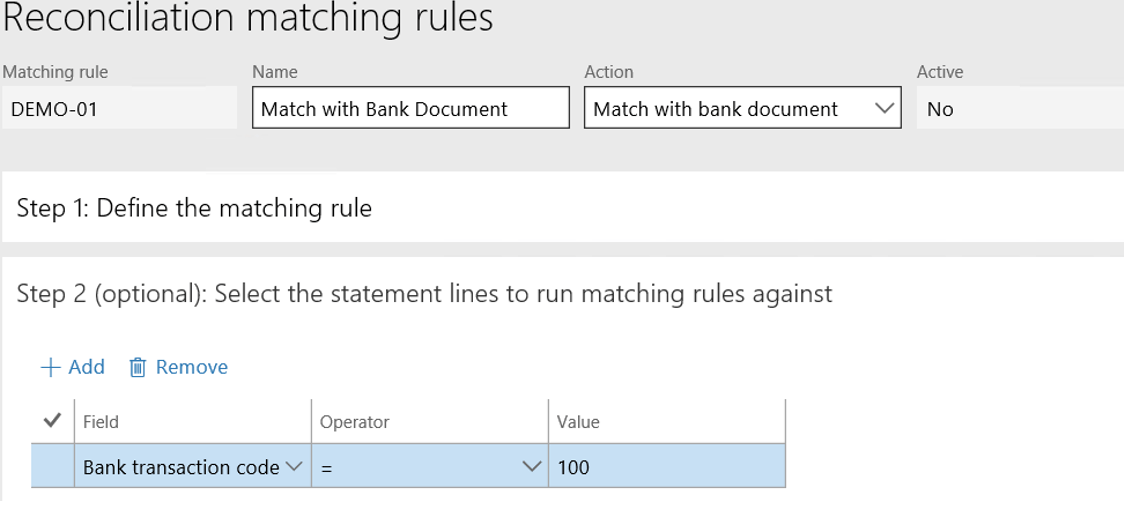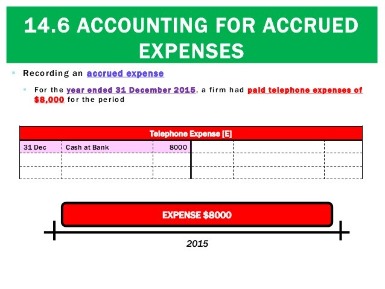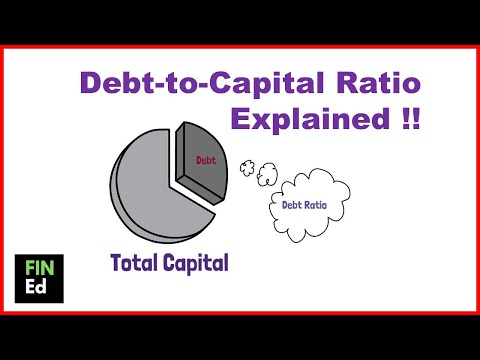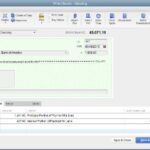
One of these accounts must be debited and the other credited, both with equal amounts. In recent years, technology has played a significant role in enhancing the double-entry accounting process. Innovations in software solutions and automation have improved efficiency, accuracy, and accessibility for both businesses and accountants. This section will briefly discuss the impact of technology on double-entry accounting, focusing on the advancements made in accounting software solutions and the benefits of automation. By posting journal entries to the general ledger, accountants can track the impact of each transaction on the individual accounts, and ultimately, on the company’s financial position. As such, you can also view your accounting transactions based on a cash basis.
- If you need to record this manually, it would be recorded in the cash disbursements journal.
- When the good is sold, it records a decrease in inventory and an increase in cash (assets).
- When you’re looking at your accounting transactions, you can classify them based on relationship.
- A trial balance is a report that lists all the balances of the general ledger accounts, ensuring that the total debits equal the total credits.
- Double-entry accounting ensures that the accounting equation always holds true, as each transaction affects both sides of the equation.
- However, as an organization expands, it becomes crucial to have a more comprehensive double-entry accounting system to gain a complete financial picture.
Posting to the General Ledger
- Adam Hayes, Ph.D., CFA, is a financial writer with 15+ years Wall Street experience as a derivatives trader.
- Often, these transactions come with applicable eligibility requirements.
- After recording the business transactions as journal entries, the next step in the accounting cycle is to post these entries to the general ledger.
- Under the double-entry system, the ledger contains a number of accounts, perhaps just a few or perhaps many thousands.
- This method ensures that your business’s finances are always balanced.
Adam received his master’s in economics from The New School for Social Research and his Ph.D. from the University of Wisconsin-Madison in sociology. He is a CFA charterholder as well as holding FINRA Series 7, 55 & 63 licenses. He currently researches and teaches economic sociology and the social studies of finance at the Hebrew University in Jerusalem. A financial professional will offer guidance based on the information provided and offer a no-obligation call to better understand your situation. Our mission https://www.instagram.com/bookstime_inc is to empower readers with the most factual and reliable financial information possible to help them make informed decisions for their individual needs. We follow strict ethical journalism practices, which includes presenting unbiased information and citing reliable, attributed resources.

Types of Accounting Transactions: Objective-Based
Someone on our team will connect you with a financial professional in our network holding the correct designation and expertise. Our goal is to deliver the most understandable and comprehensive explanations of financial topics using simple writing complemented by helpful graphics and animation videos. Our team of reviewers are established professionals with decades of experience in areas of personal finance and hold many advanced degrees and certifications. At Finance Strategists, we partner with financial experts to ensure the accuracy of our financial content. The articles and research support materials available on this site are educational and are not intended to be investment or tax advice.
Do you own a business?
These are the purchases that your business makes that aren’t business expenses, but they’re related to your business. Examples of these are purchases that give back to employees, like birthday or anniversary parties. For example, if a customer purchases an item, but returns it due to a defect, no cash is changing hands. If the bakery’s purchase was made with cash, a credit would be made to cash and a debit to asset, still resulting in a balance. A bakery purchases a fleet of refrigerated delivery trucks on credit; the total credit purchase was $250,000.
- These are the purchases and sales that occur in daily activity for a business.
- Besides his extensive derivative trading expertise, Adam is an expert in economics and behavioral finance.
- The new set of trucks will be used in business operations and will not be sold for at least 10 years—their estimated useful life.
- If a business buys raw materials by paying cash, it will lead to an increase in inventory (asset) while reducing cash capital (another asset).
- For small businesses, freelancers, and sole proprietors, a single-entry accounting system may be sufficient when starting out.
- If you’re recording transactions manually, this should be recorded in your cash receipts journal.
Debits decrease revenue account balances, while credits increase their balances. To be in balance, the total of debits and credits for a transaction must be equal. Debits do not always equate to increases, and credits do not always equate to decreases. Bookkeeping and accounting are ways of measuring, recording, and communicating a firm’s financial information. A business transaction is an economic event that is recorded for accounting/bookkeeping purposes.
Why is this accounting method called double-entry?

When you’re looking at your accounting transactions, you can classify them based on relationship. Specifically, it takes into account whether or not money is being used out of the company, or within it. An accounting transaction refers to any business activity that affects finances. When something affects finances, it has to be recorded through an accounting transaction.

Debits and Credits
- When applying the double-entry accounting system, each transaction has equal and opposite effects in at least two accounts.
- Adam received his master’s in economics from The New School for Social Research and his Ph.D. from the University of Wisconsin-Madison in sociology.
- The primary disadvantage of the double-entry accounting system is that it is more complex.
- He might be surprised by computers, but the basic core of accounting remains the same.
- One of the entries is a debit entry and the other a credit entry, both for equal amounts.
- The founding father of the double-entry system was a Franciscan monk called Luca Pacioli.
This team of experts helps Finance Strategists maintain the highest level of accuracy and professionalism possible. Finance Strategists has an advertising relationship with some of the companies included on this website. We may earn a commission when you click on a link or make a purchase through the links on our site. All of our content is based on objective analysis, and the opinions are our own.
External Transactions
The double-entry system of accounting was first introduced by an Italian mathematician, Fra Luca Pacioli, in 1544 in Venice. Pacioli’s treatise describing the double-entry system was entitled De Computis et Scripturis. Take self-paced courses to master the fundamentals of finance https://www.bookstime.com/what-is-the-accounting-equation and connect with like-minded individuals.
To Ensure One Vote Per Person, Please Include the Following Info

When applying the double-entry accounting system, each transaction has equal and opposite effects in at which transactions are recorded in the accounting system? least two accounts. These effects are documented as debits and credits, with debits increasing assets and expenses while credits increase liabilities, equity, and revenues. The system’s advantages include enhanced accuracy and easier identification of errors in financial records. Double entry accounting maintains balance by ensuring that the total debits equal the total credits for every transaction. For example, when a company purchases inventory for cash, it records an increase in the inventory account (debit) and a decrease in the cash account (credit).



